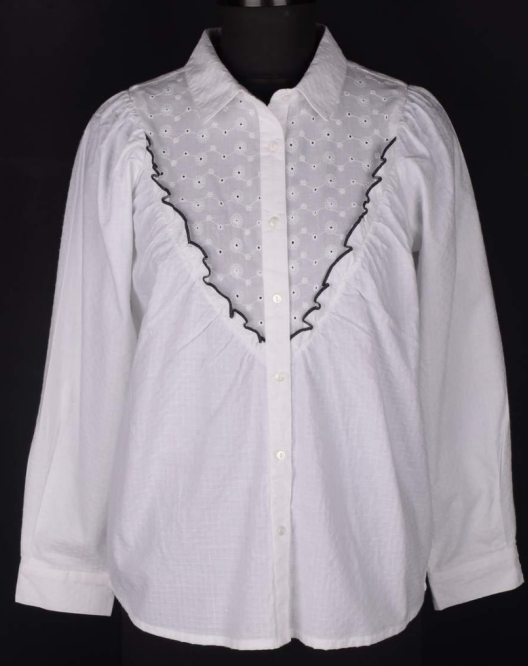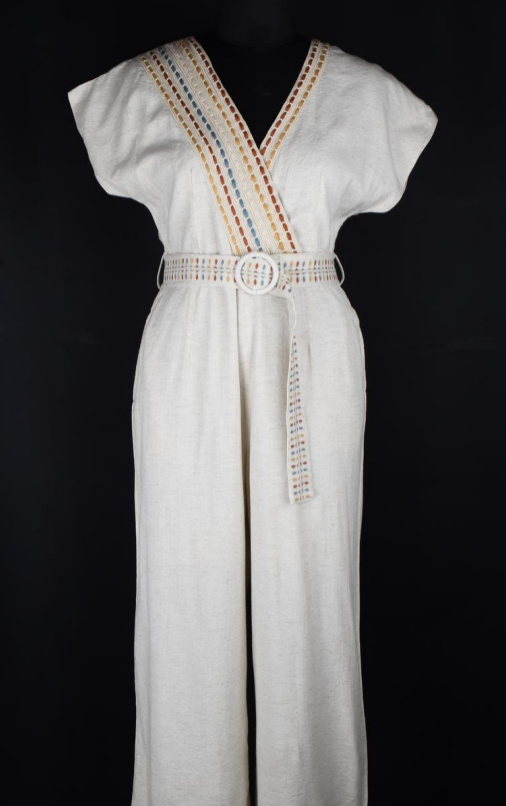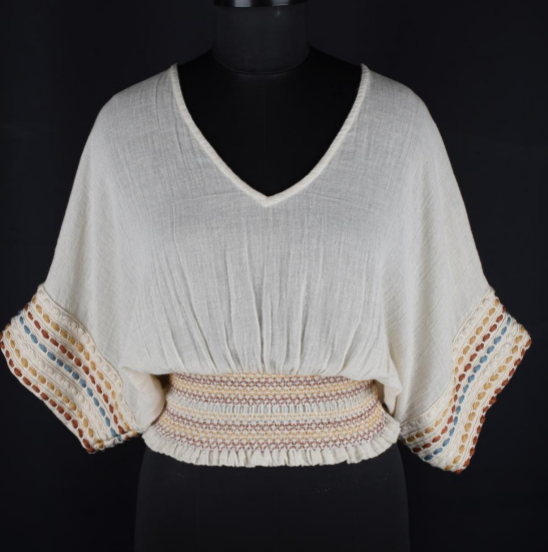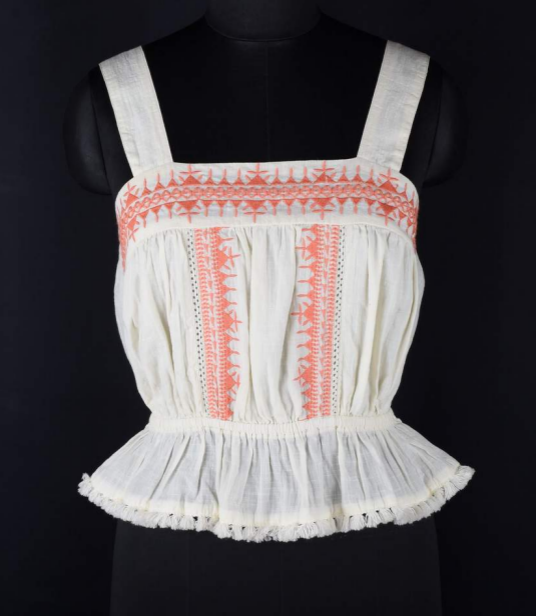From Ideation To Delivery: A Look Into The Journey Taken By Kurti Manufacturers In India
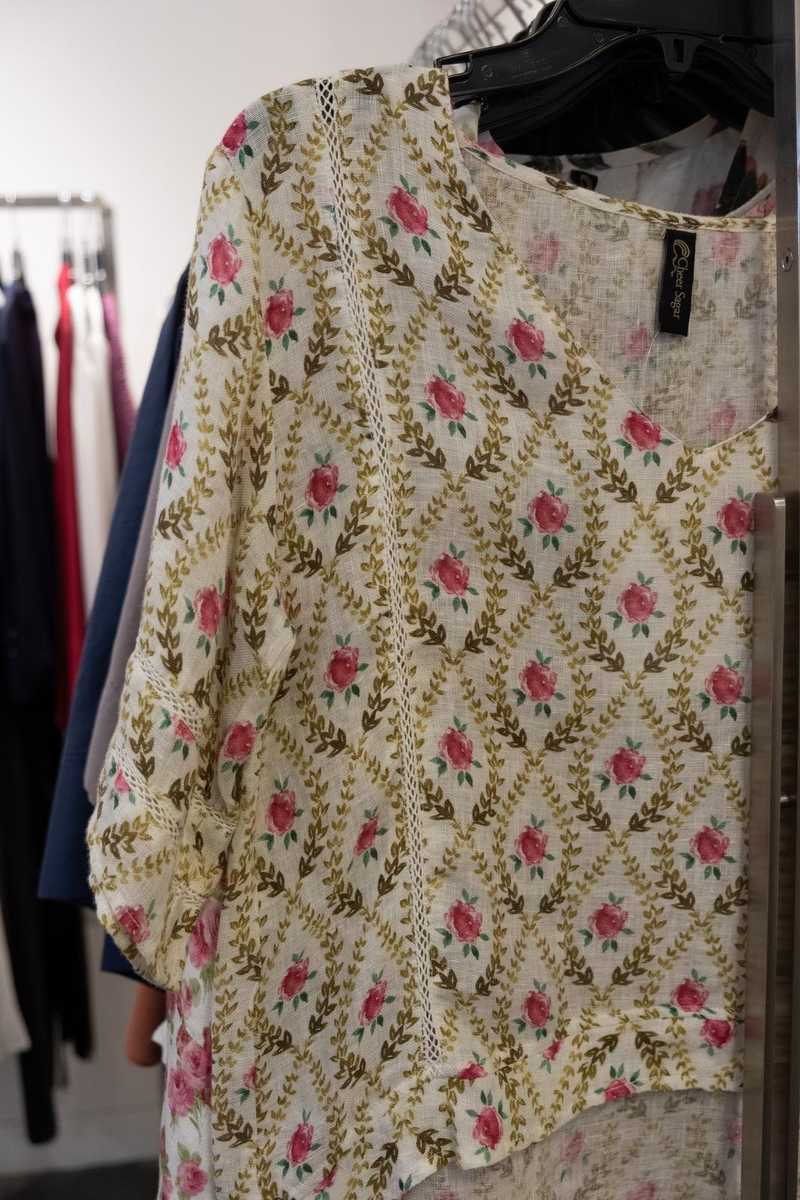
From just an idea to a piece of garment you can wear on any occasion, the manufacturing process for a kurti is one that involves the hard work of several experts. And even apart from the process itself, the manufacturers have to work with other suppliers and distributors to find the required raw materials to make a kurti.
Based on the style and design, this can range from finding and sourcing the best possible fabric to other ornamental design pieces, which are artistically hand-stitched and embroidered into the fabric. While the process may vary based on every individual kurti, the overall manufacturing process remains the same.
So, regardless if you are a curious consumer or a manufacturer interested in starting a line of kurti manufacturing, here is a detailed guide on how a kurti is manufactured from start to finish.
A Look Into The Journey Taken By Kurti Manufacturers in India
-
Ideation and Planning
Ideation and planning are the first steps of starting the manufacturing process. Be it on a piece of paper or in a design software, designers create the framework of the design first. The design can be very detailed or just be a rough sketch of the shape the designer wants for the kurti. If the design is very rudimentary, other experts are brought in to work out the details and fill out the different requirements for the design.
Even for a complete design, the planning process follows ideation where the experts decide on how to source the materials required to make the kurti. This process can influence the design if it is not possible to source the right materials at the required cost. The sourcing process can be time consuming, but it is extremely important to get it right.
-
Pattern Making
Once the materials have been sourced, the next step is to create the master pattern to check for the fit of your kurti. The master pattern is made by an experienced craftsperson who will make sure that the sizing and production process can be easily managed by the production line.
In fact, the pattern maker ensures that the least amount of fabric is wasted during the production process, which ensures that the manufacturer is able to keep the manufacturing costs and wastage in check. Once the pattern is made, the production team gets into the manufacturing process.
-
Sample Creation
With the pattern in place, the sample creation process starts. A sample piece is manufactured with all the details of the final product to check for a few things.
-
The manufacturing time, which is how long it takes for the production team to create one piece. This is important as it helps the manufacturer understand how many pieces they can manufacture in any defined period.
-
Based on the hours required for the team to manufacture the garment, the final production cost of the product is determined by the manufacturer.
-
Fit & Sizing
Once the product sample has been made and the manufacturer is happy with the product, the fit is checked. Based on the fit, the manufacturer decides the size chart that they will use and the sizes they will be manufacturing for this particular product. This is done based on the design and style of the kurti as it can define many factors. Once the final size chart is made, the production process is ready to begin, but there’s just one optional step before it is fully underway.
-
Process Refinement
A process refinement is required if there are any problems or errors in the previous steps. The issues are resolved and the production process is made more efficient before the final manufacturing process starts. This is done to ensure that the maximum number of products can be developed in the least amount of time.
-
Production
Once all the previous steps are done to the satisfaction of the manufacturer, the production process starts. The production line works on cutting fabric and sewing the different pieces together to create the final product. This is followed by the final product quality control and the finishing of the garment.
-
Packing
Once the production process is done, it is ready and sent for packing. Packaging is an opportunity for manufacturers to show their branding and create an impression on the consumer. Be it with minimalistic and eco-friendly packaging or with lavish premium packaging, brands have a great opportunity to make a mark with their products in this regard, and once it’s done, the process from ideation to delivery is complete.
Conclusion
This is a detailed look into the manufacturing process of kurti that all manufacturers undertake. If you are interested in learning more about kurti manufacturing, check out CheerSagar. CheerSagar is a top kurti manufacturer and exporter in India, who can help you manufacture kurti while also learning more about the industry in the process. Check out the website to learn more.
Related Blog
Cutting & Sewing: A Look Into The Impact Of This Essential Designing Technique
Cutting and sewing is an essential technique useful in the garment manufacturing industry. Based on the master pattern, new...
Textile Weaving Process: A Process Of The Interweaving Of Yarn
One of the major processes followed in the textile industry is weaving. It converts the fabric into yarns, which...
Qualities Of A Good Garment Exporter
Urbanization and industry have progressed hand-in-hand. Due to this progression, the requirements and tastes have also been changing now and...

